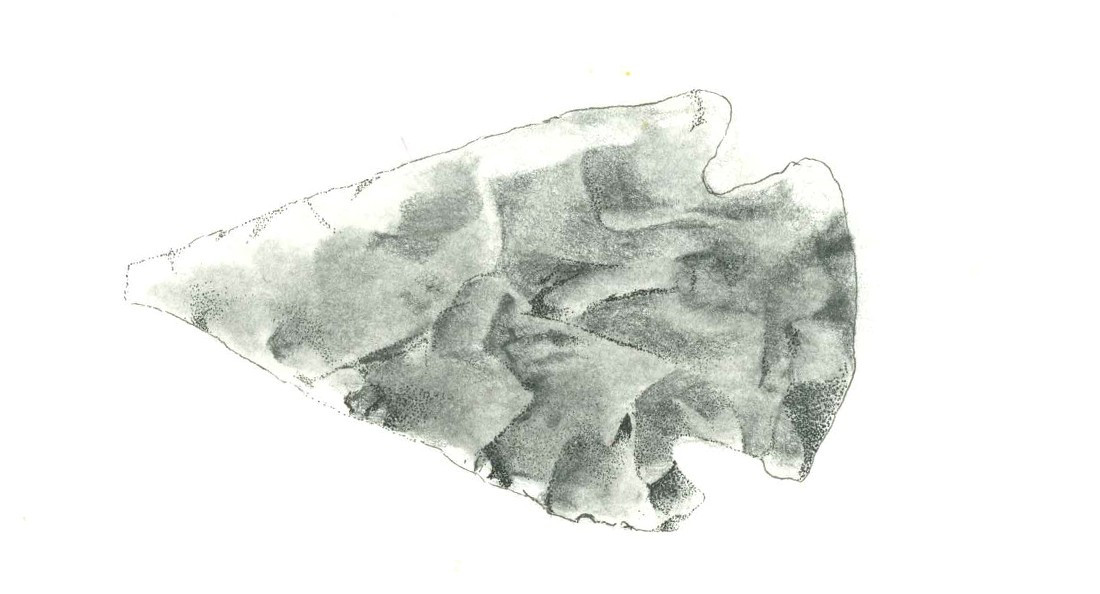Ownership and handling of cultural materials in collections contested
Who really owns what’s in museum collections?
Curators and community stakeholders say questions of who rightfully owns artifacts in museum collections bring up important ethical issues.
In late September, the RCMP and Manitoba Métis Federation signed a memorandum of understanding whereby artifacts of Louis Riel would be transferred to the Métis Heritage Centre, set to be built in Winnipeg in 2018.
Jesse Donovan is a Métis activist and law student at the University of Saskatchewan who played a role in bringing the issue to light.
One-and-a-half years ago, Donovan says he noticed the RCMP was claiming possession of numerous items relating to Louis Riel on their website and other Métis and Cree artwork, such as beaded moccasins.
“It was around that point that I knew, immediately, that it was unjust,” Donovan says.
Val McKinley, curator of the anthropology collection at the University of Winnipeg, notes there are many ethical issues surrounding museum collections.
“Many artifacts … have been acquired under difficult circumstances,” she notes. A key issue that curators have to deal with, she says, is provenance. Provenance is the full history of an item, which is used to determine ownership.
The process of returning artifacts to communities, including Indigenous peoples, is easier when there is a clear record of their history of ownership, McKinley says. Separation of items from communities under a colonial context can lead to poorly documented provenance, making determining the rightful owner of items difficult.
“With any object, or even a digital story that we are going to share with our public, of course we take into consideration any cultural sensitivities that may surround that particular story,” Heather Bidzinski, the Canadian Museum for Human Rights (CMHR) head of collections, says.
She notes that when the CMHR borrowed the Bentwood Box from the Truth and Reconciliation Commission, museum staff worked closely with the handler of the box to ensure relevant cultural protocols were followed.
Bidzinski says since the CMHR is a national museum, it contributes to the national collection and follows ethical guidelines and protocols. These guidelines come from groups like the Canadian Museums Association, she says.
These guidelines include practicing thorough and transparent documentation of items and having conversations about whether the CMHR is the most appropriate institution to house a given item. If it is decided the CMHR is not the most suitable institution, Bidzinski says there will be talk of more appropriate homes for the item.
Bidzinski says the CMHR has a largely digital collection but has borrowed physical items for display from time to time.
“We haven’t borrowed anything that would be subject to contested ownership,” she says.
Donovan, however, is not satisfied with the approach many government collections have when it comes to provenance.
“The major problem is that the government has placed a burden on us as Métis and First Nations people” he says. Donovan believes that, under the current system, Indigenous people have to identify stolen artifacts and advocate for their return.
Donovan would like to see a process whereby administrators of government collections proactively identify artifacts belonging to Indigenous communities and return them.
Published in Volume 72, Number 8 of The Uniter (November 2, 2017)







